How Cold? How Humid?
Do you want to send a really good gift to a really good gardener? (Perhaps that gardener is you.) Problem is that most really good gardeners have pretty much everything they need except for expendables like string, seeds, or potting soil (unless they make their own. Don’t despair; I’ve come up with a few items many really good gardeners with (just about) everything they need might find useful.
At the top of my list is a nifty, little device with the odd name of Sensorpush. It’s not much bigger than an inch square pillbox, less than 3/4 inch thick, that you place wherever you want to monitor temperature and humidity — from your smartphone, via bluetooth.
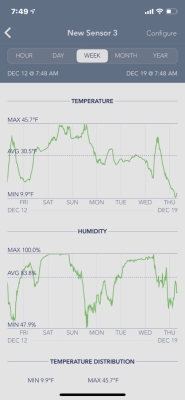
Sensorpush, graph of the week’s outdoor conditions
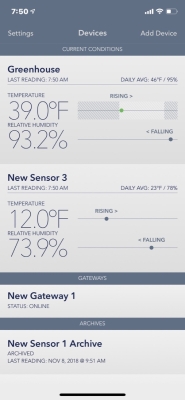
Sensorpush, screen shot of current readings
Couple it with the WiFi Gateway and temperature and humidity can be monitored from anywhere on your smartphones. I periodically checked on my greenhouse and the outdoor temperatures here in New York when I was recently thousands of miles away in Israel.
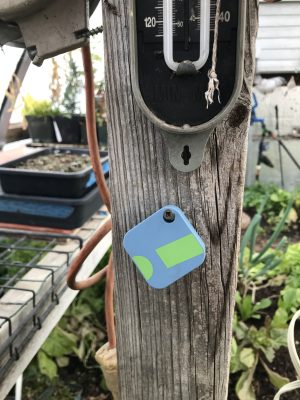
SensorPush in greenhouse
My original use for the Sensorpush was for the greenhouse, to alert me, which it can do, if temperatures drop to a minimum that I set at 37°F. I now have another, outdoors, which alerted me to the one late frost (28°F) last spring which wiped out the crop on my peach tree. I may also put ones in my freezer and walk-in cooler.
All past information is available graphically and can be downloaded to a computer.
Water is Important
Much, much more low-tech is my new favorite watering can. It’s not any old blue watering can, it’s the French Blue Watering Can. It has everything I would look for in a watering can: hold lots of water, in this case 3 gallons; good balance when being carried and in use; and water exiting in a stream that’s gentle but not too slow. For optimum balance, get two, one for each arm.
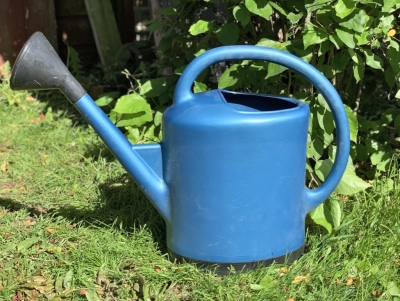
Although the French Blue Watering Can now beats out my previously favorite Haw’s 2 gallon, zinc plated cans, which are, admittedly, more visually elegant, Haw’s is still in the running with their beautiful, copper-enameled, 2 quart watering can that I use mostly indoors. For indoors, it’s a good volume, and the long spout can reach in among plants for more pinpoint watering once its rose is removed.
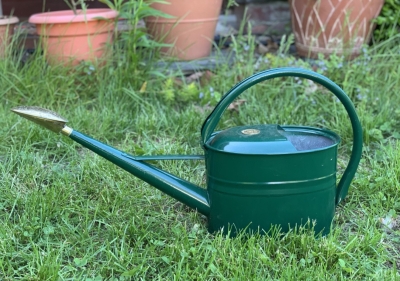
Books, of Course
I can’t help but mention books. Those that I mentioned last week were general categories; the really good gardener has, of course, some very specific interests and expertises. And there are books for these (I’ll stay away from my special interests to avoid having to mention, once again, any of the books that I have authored).
So, for instance, if you’re interest is in unusual vegetables, you could start with A. C. Herklots’ 1972 publication Vegetables of Southeast Asia. The book is especially rich in “greens,” including shepherd’s purse (Capsella bursa-pastoris), garland chrysanthemum (now Glebionis coronaria), and honewort (Cryptotaenia japonica). Also a slew of “Asiatic cabbages.” For something even less contemporary, there have been various printings of The Vegetable Garden by Vilmorin-Andrieux,scion of the famous French seed company. In addition to many common vegetables, of which many interesting varieties are mentioned, ferret around in the book and you’ll also find some unusuals: olluco (Ullucus tuberosus), rampion (Campanula Rapunculus), and seakale (Crambe mariitima).
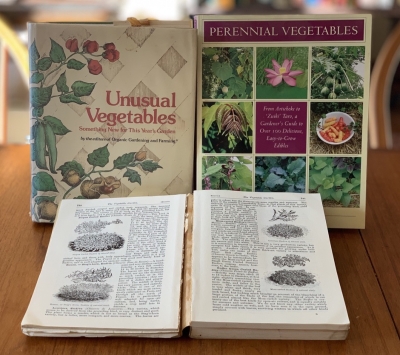
Eric Toensmeier’s Perennial Vegetables offers a much more contemporary take on unusual vegetables. Most of the vegetables mentioned are not really perennial in cold climates but they surely are unusual. The last I heard, very few people were growing nashua (Tropaeolum tuberosum), Chinese artichoke (Stachys offinis), chufa (Cyperus esculentus var. sativa), or winged bean (Psophocarpus tetragonobolus).
Tools and Plants
Finally, I’d like to give a shout out to the five advertisers on my blog posts (to your right). These are not just any old companies that choose to advertise. They represent businesses whose products and, in some cases, owners I know and trust (by experience) to offer the highest quality products.
Let’s start with the two nurseries. Looking for a place to buy high quality plants of pawpaw, persimmon, quince, medlar, or even more common fruits. Raintree Nursery is the one. I’ve even sent them stems from some of my more unique plants to propagate. Cummins Nursery is the go to nursery for a very wide selection of varieties of apple, pear, peach, and other familiar tree fruits on a variety of rootstocks. The rootstock helps determine such tree characters as size, adaptability to various environments as well as how soon and how much fruit you’ll pick.
(Incidentally, a nursery tree grown hundreds of miles away can be just as adapted to your site as one grown around the corner. Genetics is important, so an Ashmead’s Kernel apple grown in Washington is genetically identical to one grown in New York, or anywhere else.)
With all those new plants, some tools will be needed to help care for them. For everything from high quality soil sampling tubes to grafting supplies to hoes to tripod ladders (very stable, I own two different sizes), look to Orchard Equipment Supply Company (OESCO).
If you’re looking very specifically for cutting tools — pruning shears, pruning saws, loppers, pole saws, and the like — look no further than ARS. You can’t go wrong purchasing an ARS tool. After writing a book about pruning, I was sent many samples of pruning equipment; among the shears, ARS — specifically the VSX Series Signature Heavy Duty Pruner — is my favorite, with good weight, good steel, replaceable parts, and easy opening with just a firm squeeze of the handles. They slightly edged out my Felco and Pica shears.
Scythe Supply sells just one thing: scythes. But they offer the best of the best, as well as sharpening services and instruction. Don’t expect one of those picturesque, old scythes often turning up at garage sales, more useful for decorating a barn wall than cutting tall grass. Scythe Supply scythes are super light and well balanced with blades hammered razor sharp like those of Samurai swords. One-time Congressional candidate, homesteader, and swinger of a scythe into his nineties, Scott Nearing had this to say about scything: “It is a first-class, fresh-air exercise, that stirs the blood and flexes the muscles, while it clears the meadows.” So true. I use my mowings for compost and mulch.
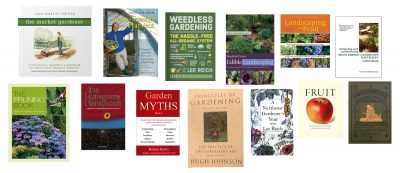

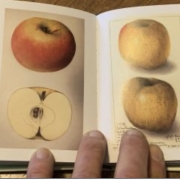
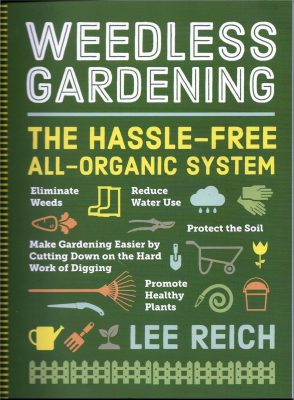 I’ve used this weed-less system for over 25 years! $10.95
I’ve used this weed-less system for over 25 years! $10.95 ways to hasten ripening. $24.99
ways to hasten ripening. $24.99 from ornamental trees and bushes, to fruit and nut trees, to houseplants and perennials. A final section delves into specialized techniques such as topiary, bonsai, and espalier. $29.95
from ornamental trees and bushes, to fruit and nut trees, to houseplants and perennials. A final section delves into specialized techniques such as topiary, bonsai, and espalier. $29.95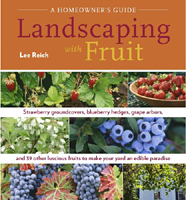 (the ornamental value, how easy they are to grow, what they taste like, varieties). Also a chapter on landscape design basics. $19.95
(the ornamental value, how easy they are to grow, what they taste like, varieties). Also a chapter on landscape design basics. $19.95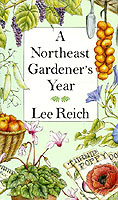 short description of what is going on plantwise. From there we are left to the whims and vagaries of the weather and the weeds, the unfolding of blossoms and ripening of fruits, perhaps the cry of a plant begging to be repotted — any and all topics gardenwise. $17.00
short description of what is going on plantwise. From there we are left to the whims and vagaries of the weather and the weeds, the unfolding of blossoms and ripening of fruits, perhaps the cry of a plant begging to be repotted — any and all topics gardenwise. $17.00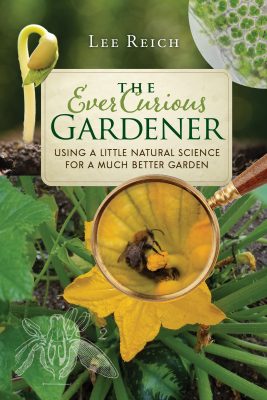 everyone from newbies to experienced gardeners whose curiosity at the wonders of cultivation grows deeper and stronger with each season. How to maximize flavor and nutrition; how to help plants outwit drought; making the best sse of compost; etc, etc. $18.99
everyone from newbies to experienced gardeners whose curiosity at the wonders of cultivation grows deeper and stronger with each season. How to maximize flavor and nutrition; how to help plants outwit drought; making the best sse of compost; etc, etc. $18.99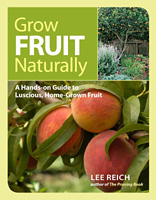 pest control, storing your bounty, and growing fruit plants in containers. Details on over 30 fruits and how to reap their bounty. $24.95
pest control, storing your bounty, and growing fruit plants in containers. Details on over 30 fruits and how to reap their bounty. $24.95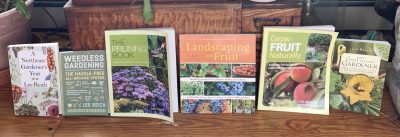
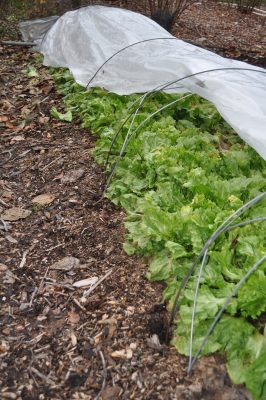
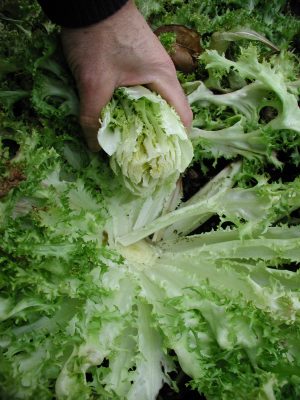 Only the slightest hint of bitterness remains, enough to make the taste more lively — delicious in salads, soups, and sandwiches.
Only the slightest hint of bitterness remains, enough to make the taste more lively — delicious in salads, soups, and sandwiches.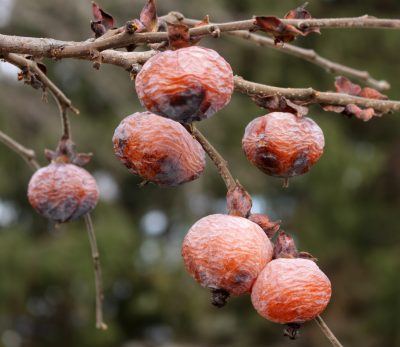
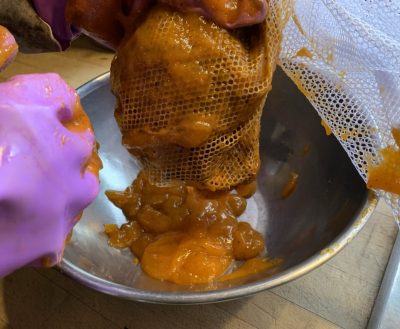 the pulp without seeds. No sweetener needed. Just jar it up and refrigerate (keeps about 2 weeks) or freeze. Delicious.
the pulp without seeds. No sweetener needed. Just jar it up and refrigerate (keeps about 2 weeks) or freeze. Delicious.





